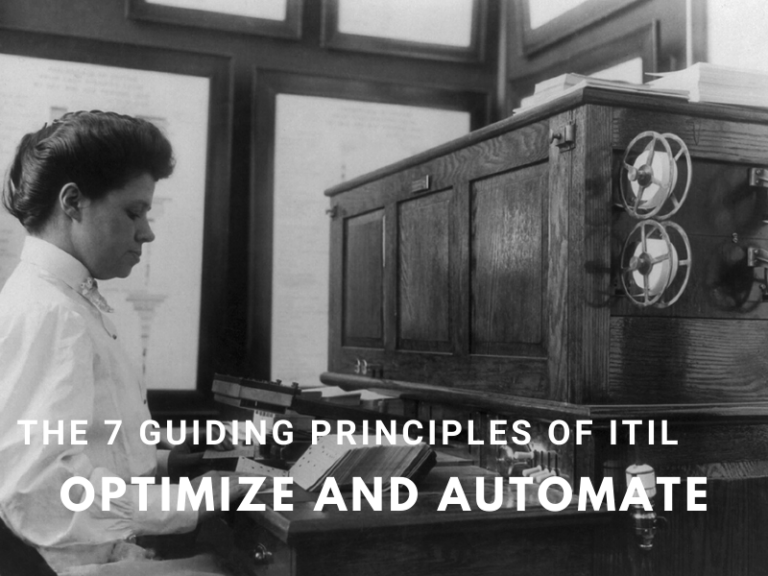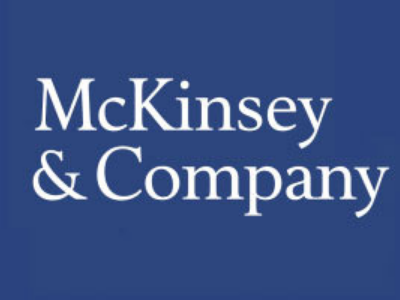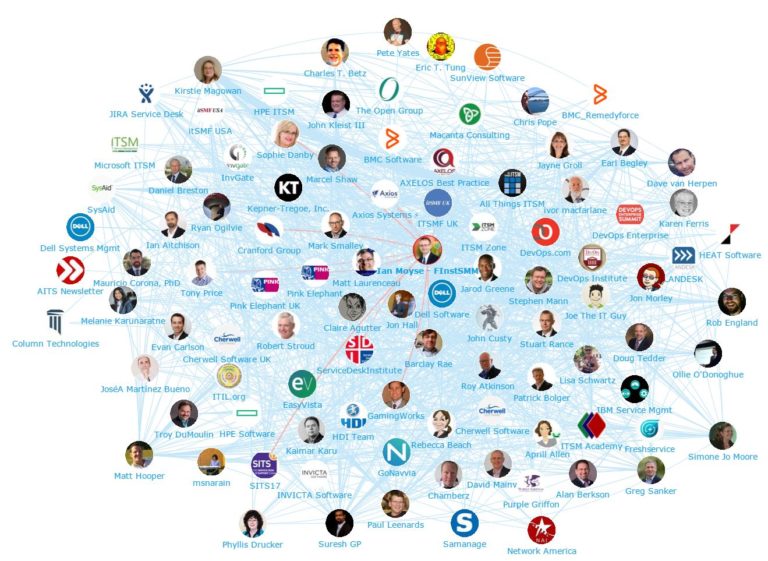7. Optimize and Automate – the seventh guiding principle of ITIL4
Optimize and Automate is a guiding principle of ITIL4 about the responsibility of the IT service organization to reduce costs and risks in IT service delivery

Optimize and Automate is a guiding principle of ITIL4 about the responsibility of the IT service organization to reduce costs and risks in IT service delivery

Keep it simple and practical is a guiding principle of ITIL4 about doing what is necessary for IT to achieve the desired outcome for the business

Think and work holistically is a guiding principle of ITIL4 about seeing the bigger picture and connecting IT services to business use

Collaborate and promote visibility is a guiding principle of ITIL4 about the importance for business and IT working together

Progress Iteratively with feedback is a guiding principle of ITIL4 about making sensible steps forward while asking for feedback and checking if IT still contributes to the value of the organization

Start where you are is a guiding principle of ITIL4 where it is important to understand what the IT department is already doing to provide value to the business

The 1st guiding principle of ITIL 4 is focus on value and it might be a bit to abstract to help IT organizations improve in making decisions

When ITIL v3 was introduced I was strongly involved in its launch in The Netherlands. At the time I was portfolio manager Service and Performance Management at Getronics PinkRoccade (also known as old Pink Elephant) and ITIL was cornerstone content for us. It was an interesting experience to see how little appetite for change their was among the ITIL consultants and how much the image of ITIL was already tainted by bad implementations (and you should and do not implement ITIL anyway). Now, we see the introduction of ITIL 4 and I feel a bit mixed about it. It seems at one side that the expected update will add value…

The expanding role of design in creating an end-to-end customer experience Time was, a company could rely on a superior product’s features and functions to coast for a year or more before competitors could catch up. Or a well-honed service advantage could single-handedly buffer a company from start-up challengers looking to nip at its heels. No more. [siteorigin_widget class=”Recent_Posts_Widget_Extended”][/siteorigin_widget]

Paul Leenards was selected for the top 100 influencers on Service Management